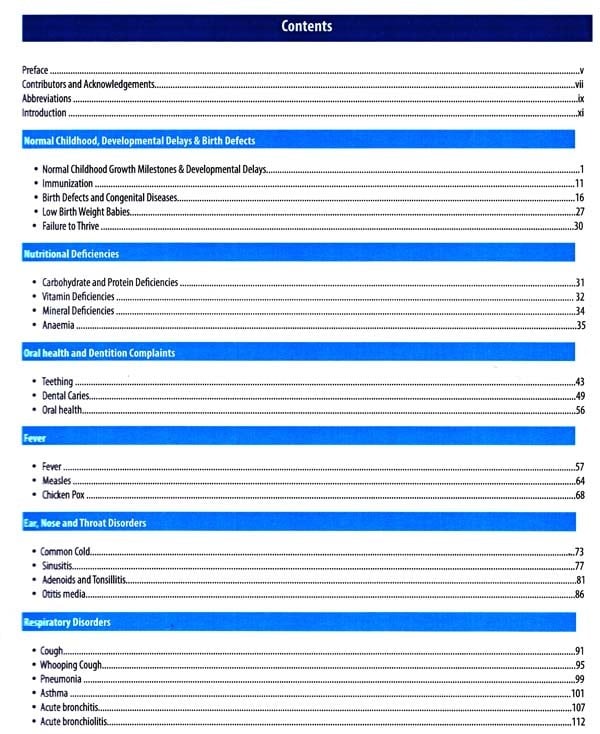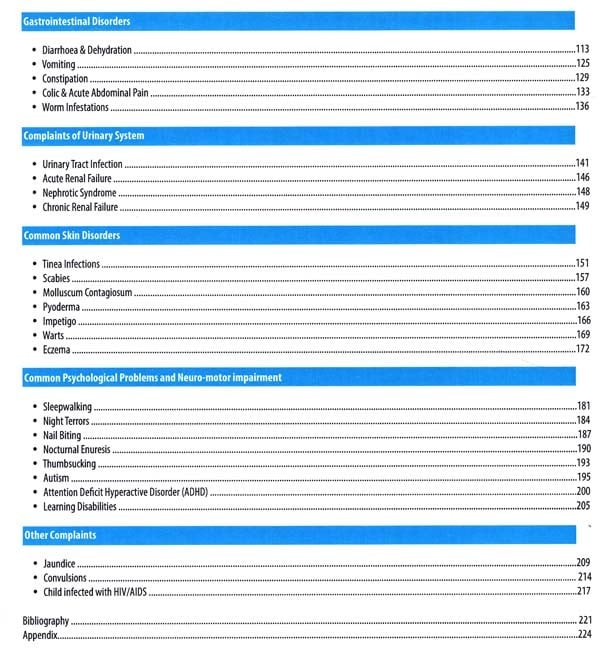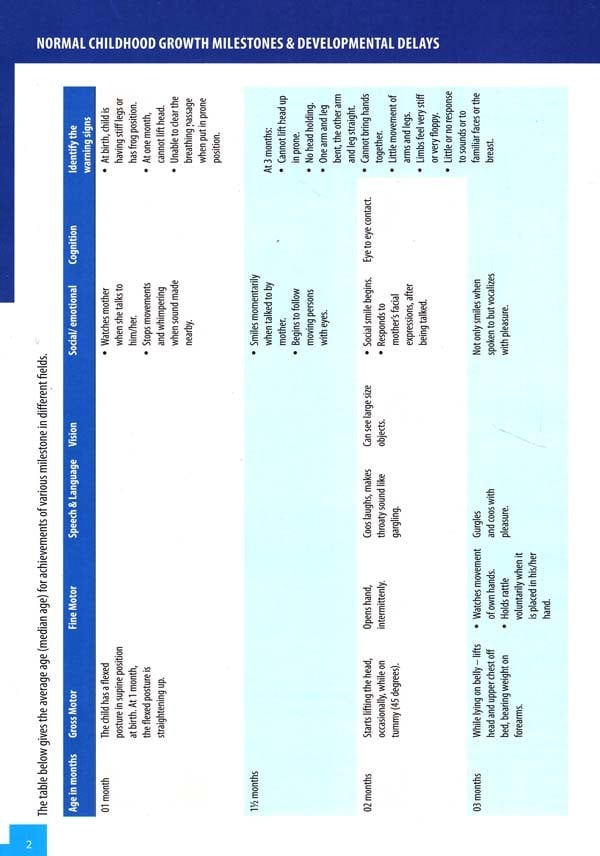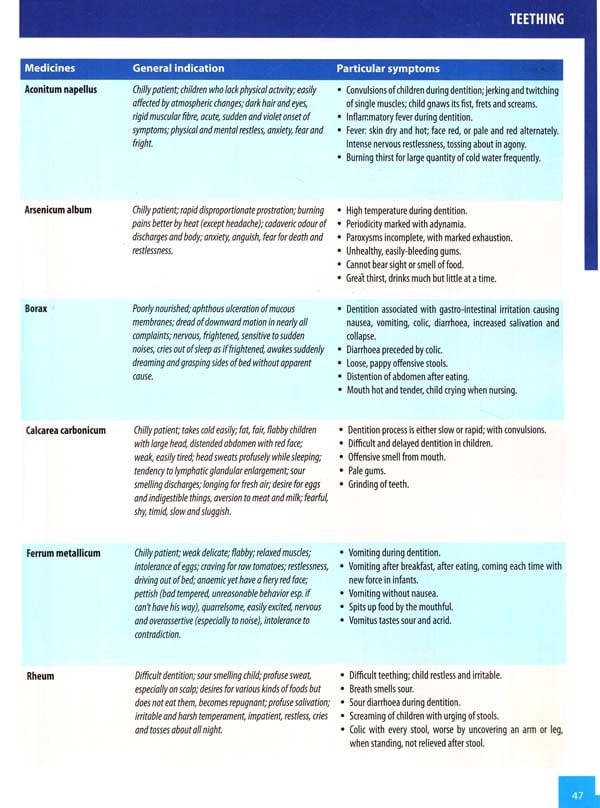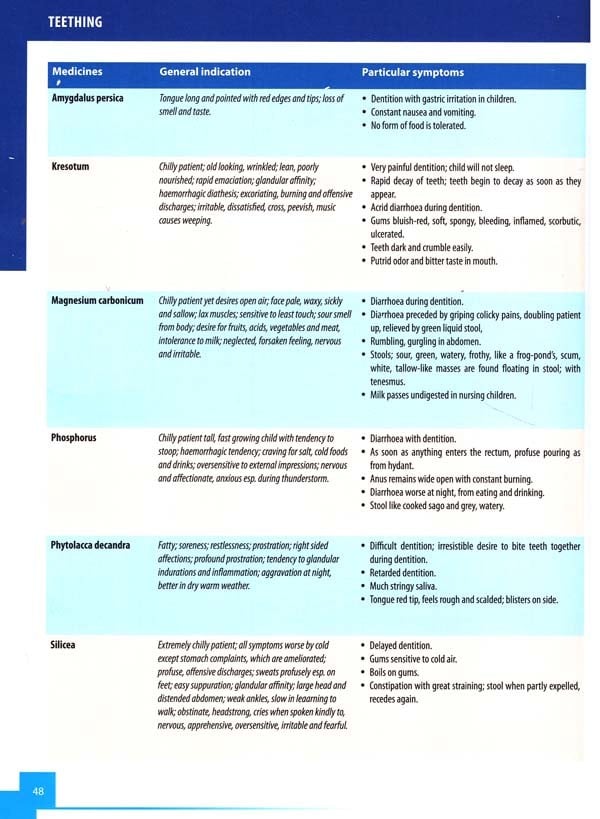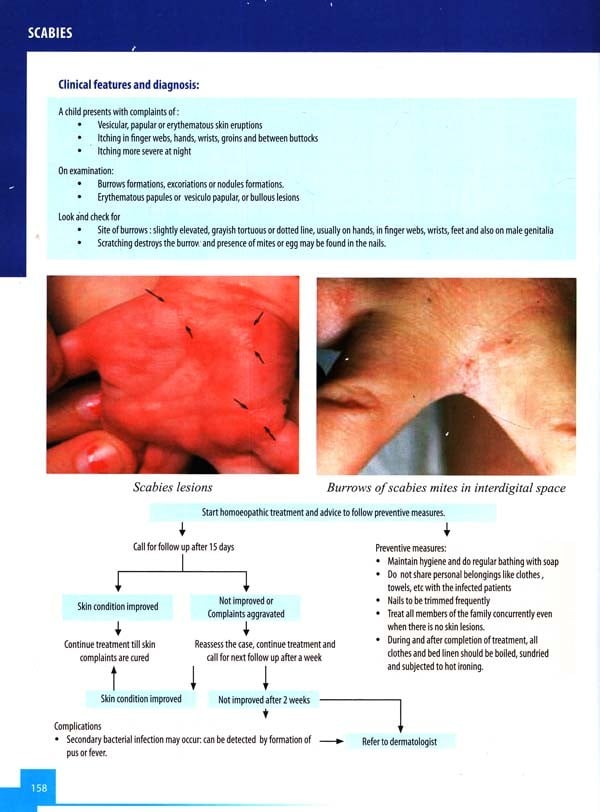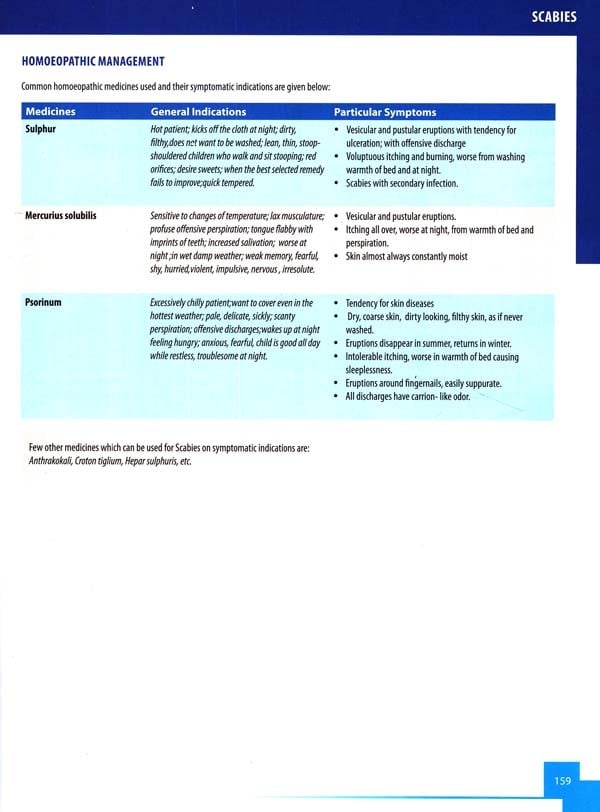
Homoeopathy For Healthy Child (Training Manual For Homoeopathy Practitioners)
Book Specification
| Item Code: | NBZ930 |
| Publisher: | Central Council for Research in Homoeopathy, New Delhi |
| Language: | English |
| Edition: | 2016 |
| ISBN: | 9789381458020 |
| Pages: | 224 (Throughout Color Illustrations) |
| Cover: | HARDCOVER |
| Other Details | 11.00 X 8.50 inches |
| Weight | 1.28 kg |
Book Description
Central Council for Research in Homoeopathy developed training manuals under the National campaign on Homoeopathy for Mother and Child Care. The manuals were developed with support of the World Health Organization (WHO) for undertaking trainings of homoeopathic practitioners. These were well accepted by the profession and training programs on these manuals were conducted.
Taking the impetus gained further, Council launched a public health program on Homoeopathy for Healthy Child in pilot mode in pre-specified blocks. The program focuses on early identification and treatment of common childhood complaints There are a number of childhood problems for which Homoeopathy can be the first line of choice. The medicines are without side effects and can be initiated at the prodromal stage, before the complaints aggravate and become a cause of concern. In early childhood, children frequently suffer from recurrent respiratory, gastro-intestinal or skin infections. Apart from treatment during acute phase, medicines promote health and can reduce the frequency of infections. During the school years, learning disability and other behavioural problems like Autism, Attention deficit disorders, etc. can be managed with homoeopathy medicines. The physicians can identify deviant behaviours and sub-clinical conditions, and remedial measures can be undertaken early, especially during the adolescent years.
Considering the constraints of the resources, there is a need to take a balanced view to identify what conditions can be safely, effectively and quickly managed at the level of primary health care by Homoeopathy and conditions requiring specialized expertise with referrals to secondary and tertiary health care centers. To undertake trainings of homoeopathic practitioners working in the program, we have now developed this manual as an updated version of the previous manuals with addition of few more paediatric conditions in children d adolescents such as Otitis media, Learning disabilities, Developmental delays, Anaemia, Eczema, Convulsions, Jaundice, Low birth ...eight babies and Failure to thrive. The overall approach in the manual focuses on primary health care of the paediatric conditions.
e manual is also resource for all practitioners in homoeopathic colleges, government dispensaries and private clinics to develop a :ester understanding and clinical approach to the paediatric problems. This is a small step from Council to lead to combined efforts of ,:fession for better health of children in the country.
Central Council for Research in Homoeopathy has undertaken a program on Homoeopathy for Healthy Child, as a pilot program in identified blocks. It aims to promote health through homoeopathy for identified conditions in children & adolescents.
The Government of India had launched the Rashtriya Bal Swasthya Karyakram (RBSK) in 2014, to provide comprehensive care to all the children in the community. The objective of this initiative is to improve the overall quality of life of children through early detection of Birth Defects, Diseases, Deficiencies, Development Delays and Disability. The Child Health Screening and Early Intervention Services under the RBSK envisaged to cover 30 identified health conditions for early detection, free treatment and management through dedicated mobile health teams placed in every block in the country. Screening of children is conducted at Anganwadis and at schools and children are referred to medical care facilities for appropriate treatment.
Homoeopathy physicians can provide timely first line treatment for conditions identified under RBSK and for other common conditions of children. Medicines can also be provided to promote health e.g. promotion of healthy teething, reduction in recurrence of infections, etc.
A general working knowledge of hygiene, diet for different ages and an elementary knowledge of ancillary measures all are equally important along with knowledge of medicines. An ability to relate the general principles of homoeopathy with immunity and susceptibility and miasms will enable the physician to intervene systematically and effectively in alleviating the illness and ensuring cure.
Communication skills and ability to reassure are crucial while addressing the myriad concerns parents may or may not be able to openly express. Complaints may be many but it is the physician who has to differentiate between the normal and the abnormal and act accordingly. Identification of frequently encountered conditions and its presentations allow a differential diagnosis and also prevent unnecessary medication while dealing with parental anxieties.
It is expected that homoeopathy treatment will not only reduce mortality to promote faster recovery due to conditions such as diarrhoea, respiratory infections, dental conditions, skin conditions, developmental delays etc.in children but also reduce morbidity due to conditions such as behavioral problems, acute infections, substance abuse etc. in adolescent children.
This training manual was first developed by the Council under the National campaign on Mother and Child Care. The homoeopathy physicians were trained on this manual to deal with paediatric conditions. The manual has now been revised to undertake training of physicians on comprehensive paediatric care. Some modifications have been made in the existing chapters and some new chapters have been added. The overall flow of the chapters has however been retained. This manual would be an additional component to the existing manuals and resource material of the RBSK for practitioners involved in treatment of children.
**Content and Sample Pages**
